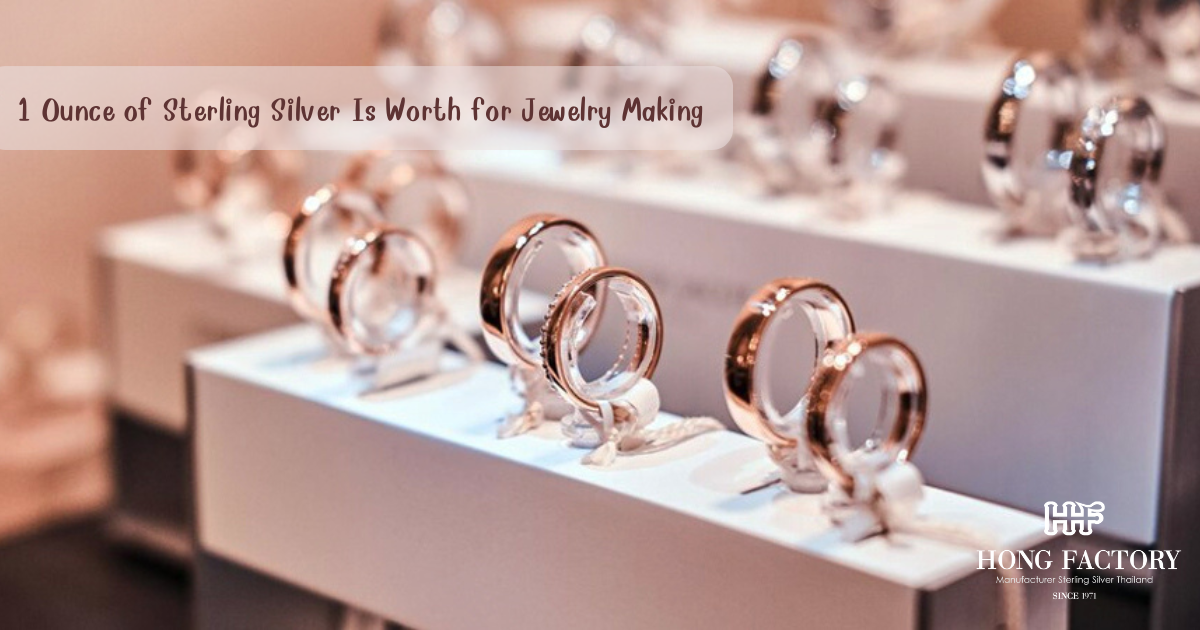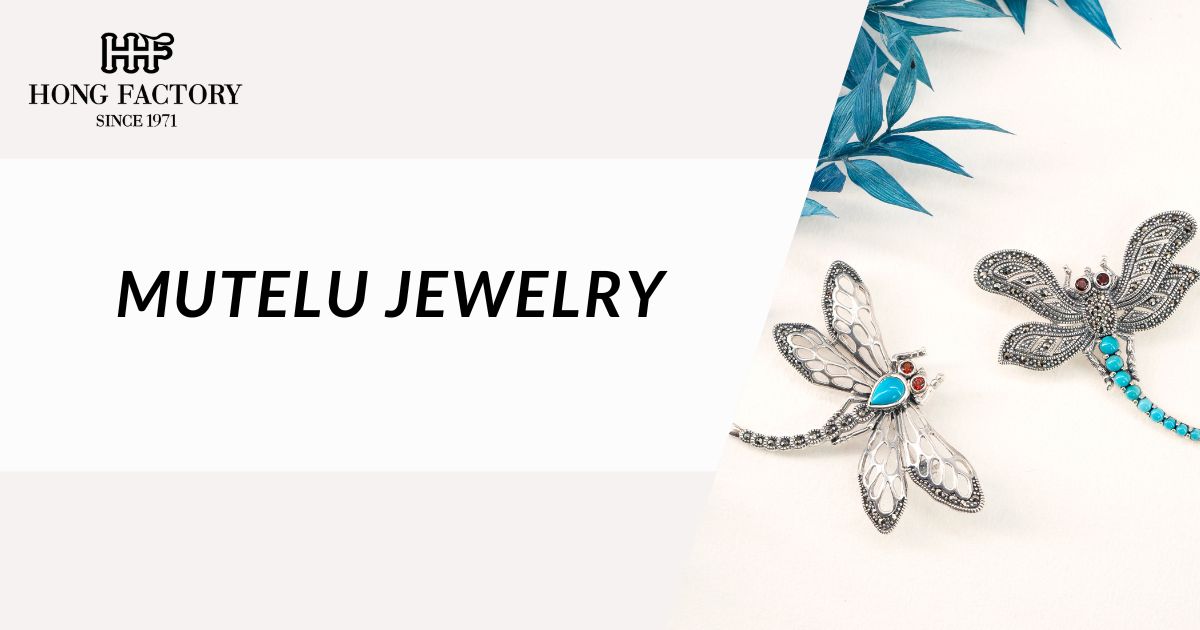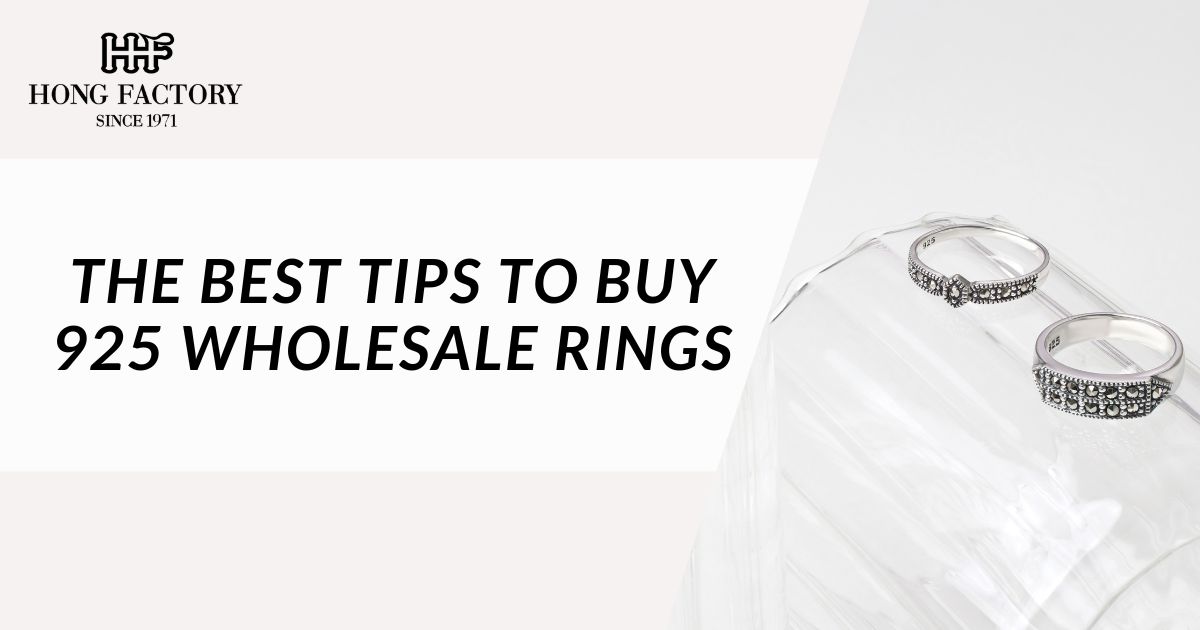Sterling silver has long been a cornerstone of the jewelry industry, appreciated for its radiant luster, durability, and affordability. While gold and platinum often take the spotlight in high-end markets, sterling silver remains
a favorite among artisans and designers for creating timeless, versatile pieces. Understanding the value of 1 ounce of sterling silver helps jewelry makers and enthusiasts grasp how much this metal contributes to design, production, and overall market pricing. marcasite stone

What Is Sterling Silver?
Sterling silver is composed of 92.5% pure silver and 7.5% copper or other strengthening metals. This alloy offers the best balance of malleability and durability perfect for crafting intricate jewelry. The hallmark “925” stamped on genuine silver verifies its purity and quality. Because pure silver (99.9%) is too soft to shape into wearable items, sterling silver became the global standard for professional jewelers.
The blend ensures long-lasting shine, making it ideal for fine rings, pendants, earrings, bracelets, and other accessories that require both beauty and strength.
1 Ounce of Sterling Silver in Jewelry Making
The worth of 1 ounce of sterling silver depends on the current market price of silver and the craftsmanship involved in creating jewelry pieces. A troy ounce equals approximately 31.1 grams, and the price of silver fluctuates daily based on global demand and market trends.
For example, if the spot price of pure silver is $30 per troy ounce, then 1 ounce of sterling silver at 92.5% purity would be worth around $27.75 before manufacturing costs. However, once that ounce is transformed into a piece of jewelry, its final retail value increases significantly due to artistry, design, and finishing.
Factors Affecting the Value of Sterling Silver Jewelry
Several key factors influence how much 1 ounce of sterling silver is worth when used in jewelry making:
- Craftsmanship: Skilled artisans transform raw silver into intricate designs that require precision and time.
- Design complexity: Detailed engravings, filigree, or gemstone settings increase production costs.
- Brand reputation: Established jewelry houses like Tiffany & Co. or Hong Factory command higher prices due to quality assurance and brand heritage.
- Market demand: Seasonal fashion trends and consumer interest affect pricing in both retail and wholesale markets.
- Finishing process: Polishing, coating, and anti-tarnish treatments add durability and shine, raising overall value.
Each of these elements enhances the intrinsic value of sterling silver, making it more than just a raw commodity.
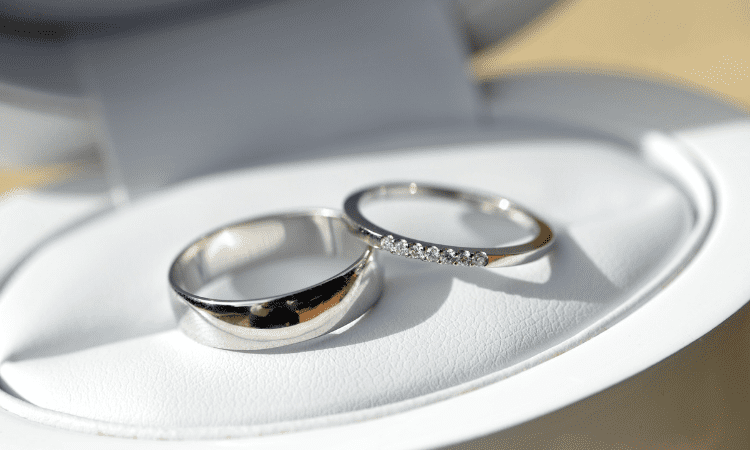
Why Jewelers Prefer Sterling Silver
Sterling silver is favored among jewelers for its versatility and workability. It can be easily molded, soldered, and polished into various styles from minimalist modern designs to elaborate vintage creations. Compared to harder metals like platinum, silver allows for more creative freedom during the design process.
Additionally, sterling silver pairs beautifully with gemstones such as turquoise, marcasite, and onyx. Its neutral tone complements both warm and cool colors, making it ideal for any jewelry collection.
Comparing Costs: Silver vs. Other Jewelry Metals
When creating jewelry, understanding cost efficiency is essential. Compared to gold or platinum, sterling silver offers significant affordability without sacrificing quality or appearance.
- Gold: 1 ounce of gold can cost between $2,000–$2,500.
- Platinum: 1 ounce may exceed $1,000 due to its rarity.
- Sterling silver: Usually valued around $25–$30 per ounce, offering a balance of elegance and affordability.
This cost advantage allows jewelers to produce high-quality, artistic pieces accessible to a broader market while maintaining profitability.
How Much Jewelry Can 1 Ounce of Sterling Silver Make?
On average, 1 ounce of sterling silver can yield:
- 3–5 rings (depending on thickness and design)
- 2–3 pairs of earrings
- 1–2 pendants or charms
- 1 lightweight bracelet
While the exact output depends on the jewelry style and weight distribution, this flexibility demonstrates how even a single ounce of silver can produce multiple beautiful items.
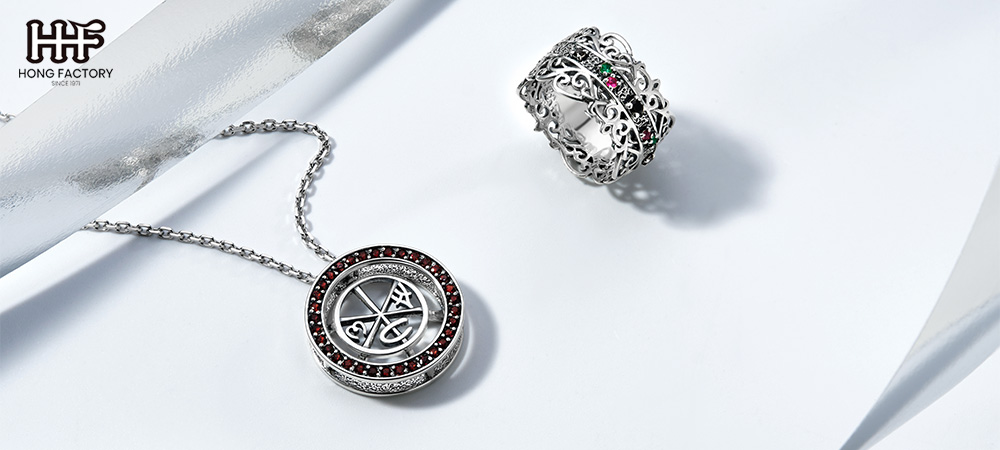
Artistic and Emotional Value
Beyond its financial worth, sterling silver carries artistic and sentimental value. Handcrafted silver jewelry often reflects personal stories, traditions, and cultural artistry. Many designers prefer silver for its ability to showcase delicate craftsmanship, detailed textures, and symbolic motifs.
Consumers also appreciate sterling silver for its emotional significance whether as engagement rings, anniversary gifts, or personal keepsakes, silver jewelry represents elegance that endures through time.
Sustainability and Longevity
Sterling silver is also a sustainable choice for jewelry making. It can be recycled without losing purity, reducing the environmental impact compared to other mined metals. With proper care, sterling silver jewelry can last for generations, maintaining both its physical and aesthetic value.
Regular cleaning and storage in anti-tarnish pouches can help preserve its brilliance, ensuring each piece remains a timeless heirloom.
While 1 ounce of sterling silver may seem modest in raw value compared to gold or platinum, its worth in jewelry making extends far beyond the market price. It represents craftsmanship, artistry, and timeless appeal.
For jewelers and collectors alike, sterling silver provides the perfect blend of affordability, flexibility, and luxury. Every ounce of this precious metal carries potential ready to be transformed into stunning jewelry that tells a story and lasts a lifetime.
